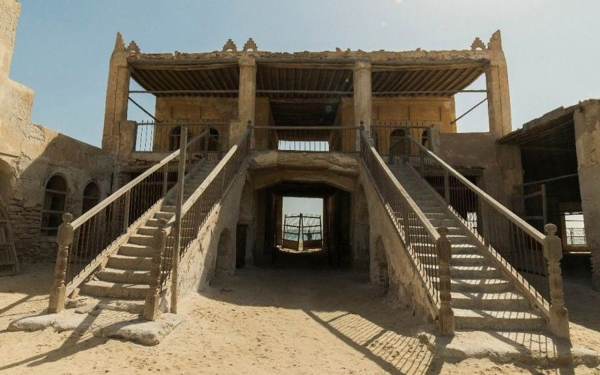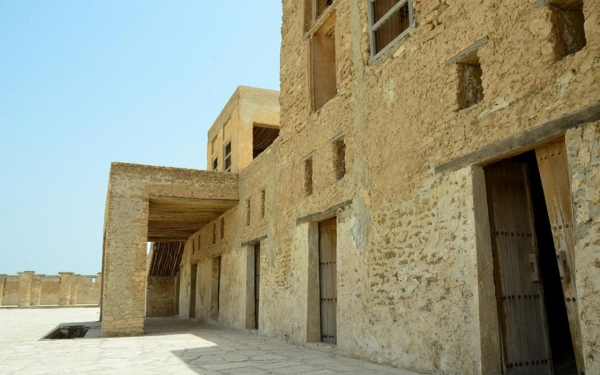


The Historic al-Uqayr Port is a historical site located in al-Ahsa Governorate in the Eastern Province, Kingdom of Saudi Arabia. It is the first seaport established on the Arabian Gulf coast in the Kingdom, and it was the main port for successive civilizations in al-Ahsa Governorate.
Significance of the historic al-Uqayr Port
Throughout its history, the historic al-Uqayr Port has served as Najd's maritime gateway and a passage for settlement in the region. Its political, commercial, and military influence has endured along the eastern coast of the Arabian Peninsula. The oldest trade exchanges across al-Uqayr and its neighboring countries date back to the Stone Age.
As the principal port in the east of the Kingdom, al-Uqayr Port witnessed political and economic events during the reign of the founding King Abdulaziz Bin Abdulrahman Al Saud. King Abdulaziz chose it as a headquarters for meeting British delegations and conducting negotiations with the British government. Al-Uqayr Port maintained its vital role from the beginning of the Saudi State until 1945, when trade routes shifted with the discovery of oil in Buqayq and Dhahran reducing the significance of al-Uqayr Port.
Historic al-Uqayr Port agreements
The founding King Abdulaziz Bin Abdulrahman Al Saud designated the historic al-Uqayr Port as the headquarters for negotiations with the British government and for meeting British delegates. On December 26, 1915, al-Uqayr Treaty was concluded between founding King Abdulaziz Bin Abdulrahman Al Saud and Percy Cox, the representative of the British government. King Abdulaziz also decided that al-Uqayr Port would serve as the headquarters for meeting with British delegations to discuss the borders between Najd, eastern Jordan, and Iraq, resulting in the signing of al-Uqayr Protocol in 1922.
Development of the historic al-Uqayr Port
In 1957, the significance of al-Uqayr Port began to decline as a port for the eastern and central regions of the Arabian Peninsula, due to the establishment of Dammam Port and railway line and the search for closer and easier routes to the newly discovered oil sources at the time to facilitate their transportation and the required materials, as well as facilitating the access of workers to work areas easily and at lower costs.
Restoration of the buildings of the historic al-Uqayr Port
The Saudi Commission for Tourism and National Heritage (formerly) has focused on the historical and touristic value of the port of al-Uqayr, as the customs building in the port was registered within the National Antiquities Register. Restoration of the buildings of the port of al-Uqayr, including the Khan and Emara buildings and Emara Palace, was undertaken in 1997.
Related quizzes
Related articles
